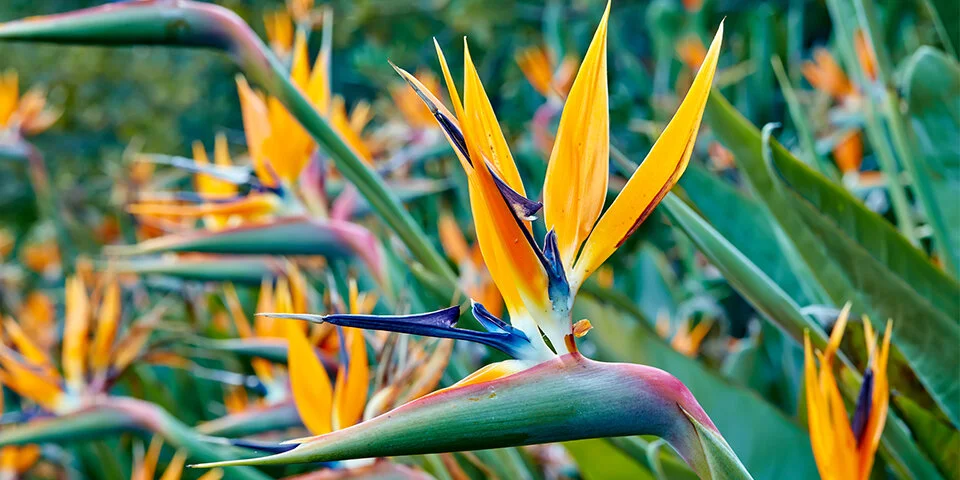For more than 50 years one of our most important November garden tasks was to plant strawberries. The local nurseries always had inexpensive and healthy bare root plants of varieties suitable for our zone 24 climate. We first grew 'Lassen,' then switched to 'Sequoia,' and finally settled on 'Seascape' as the best to provide quality fruit over a long season. Seascape will bear as early as March, but the fruit is sour and flavourless until May, and so we pinch off the blossoms until early April. Twenty to 25 plants will give us all the fruit we can use through May, June and most of July. After being dissatisfied with the results of growing plants from runners over a second season, we plant new bare root plants every year.
Over the last decade we have become increasingly disappointed with the bare root plants we found in the local nurseries. They were appearing later in the season, fewer varieties were available, and the quality of the plants worsened. Four years ago we had only a handful of survivors after buying three lots of plants, and we gave up on trying to buy them locally. Buying online also was a challenge. It seems that the big box suppliers weren't interested in catering to the small southern California market and insisted that the planting time in our zone is February or March, a time when we could be picking ripe berries if we wanted to let them mature that early. And so, with some trepidation, I turned to Amazon. There wasn't a lot of choice when I first tried that source in December 2019, but I was able to order 25 plants from Hand Picked Nursery. They came, looking much healthier than anything I had seen locally for several years, and included a few extra plants. Twenty-five survived and throve through the following summer. In 2020 I ordered both 'Seascape' and 'Mara des Bois' from the same source with similar results. This year I put in my order as soon as they appeared on the Amazon website and planted them November 1st. The plants were obviously in better condition when I ordered them earlier and, ten days later, 27 of 28 plants are flourishing. This company, located in North Carolina, also supplies 'Chandler' and 'Camarosa,' two other varieties recommended for southern California.
Last summer we picked an overabundance of 'Seascape' from early May through most of July and useful quantities through most of August. The 'Mara des Bois' were good until mid-June, but after that the berries were sparse and small. Only a few had the wonderful fragrance that so excited garden writers when they first became available in this country. In spite of having reported favourably after my first two seasons of growing them, I don't think I'll be planting them again. I realize that others, including Chino's, grow them successfully, but I think I have enough experience with them to say that other varieties will be more satisfactory close to the ocean.
